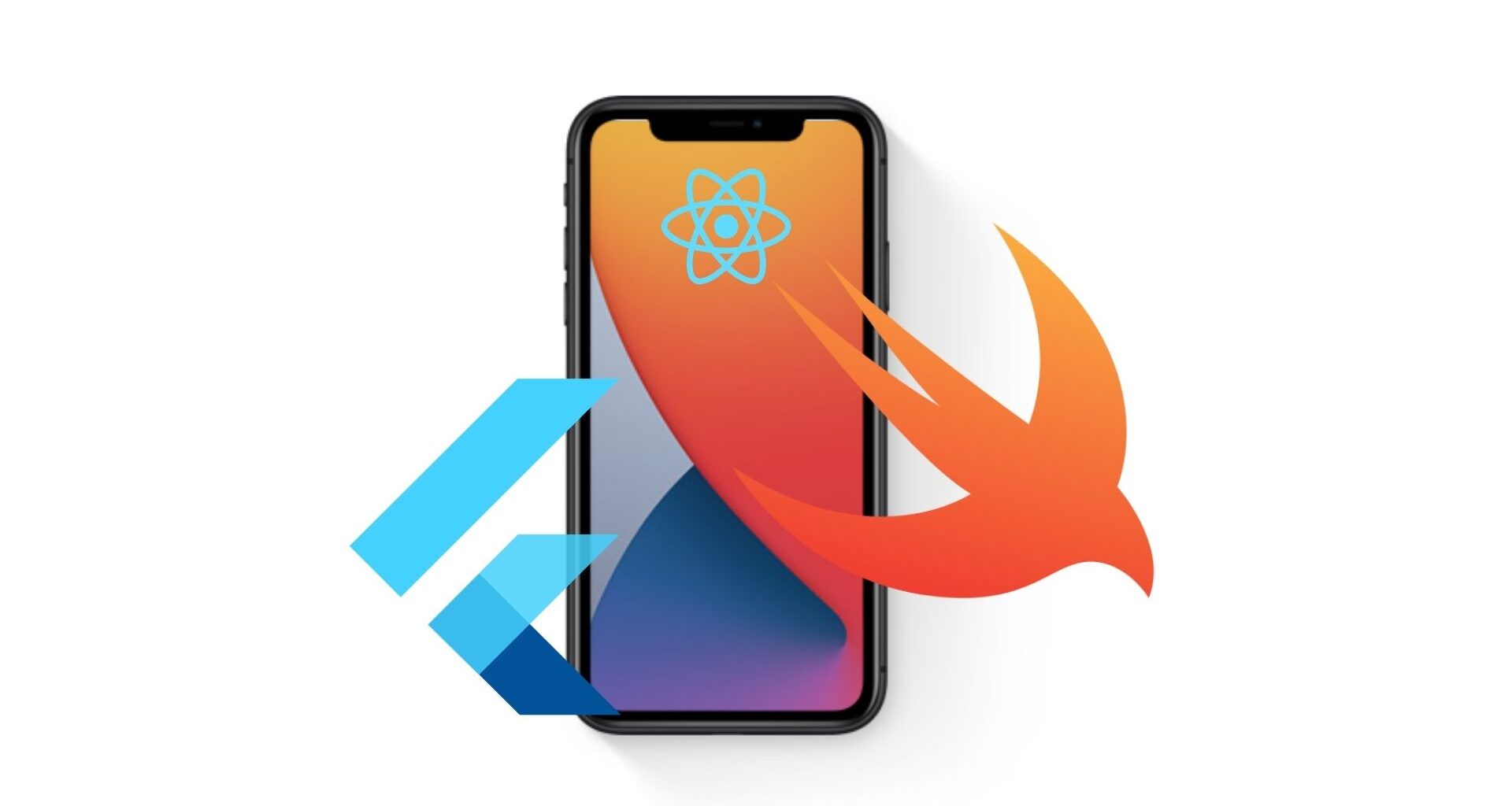There are many programming languages and frameworks available for iOS app development. And as there are so many tech stacks, there is always an ongoing debate about best tech stacks and architectural design patterns for scalable iOS app development. “Swift vs React Native vs Flutter” is a never ending debate. So, I would say, there is no exact answer to the question – “Which programming language is best for iOS app development?”. We’ve to select the programming languages or technologies based on our project & business requirements, while trying to maximize the ROI by effective utilization of the available budget.
Why Plan For iOS strategy?
During and post COVID, businesses have proactively embraced digital. As a result, an upsurge in iOS mobile app development is obvious. Mobile commerce and eCommerce has been a major trend. To help you out, we have already pumped insights on retail digital transformation, major retail industry trends in 2021 and microservices architecture for ecommerce. In this article, we aim to acquaint you with 3 most popular programming languages which are in use for iOS mobile app development i.e Swift, React Native & Flutter. Though, these three technologies are equally good but it, of-course, makes sense to further narrow down the language choice based on compatibility for project specific requirements. Consider this your go-to guide for choosing the right tech to build and deliver ridiculously fast scalable iOS apps with rich animations, usability features and frictionless user experience (UX).
Let’s dig deeper into each of these programming languages.
Getting started with iOS app development
Swift for iOS app development:
With the launch of Swift language by Apple, native iOS app development became more exciting. Swift is a popular, fast and type-safe language. To develop an app, you have to download and install the developer tools and in-built frameworks from Apple. Swift gives you a wider range of benefits, it is not only used for mobile app development but also for web services and desktop apps. Every digital device with Apple OS/software in it like TV, smart watches, iPod, iPad can be built using Swift. Primary tool used to develop any software for Apple hardware is Xcode and it supports Swift.
React Native for iOS app development:
React native is an open-source mobile application framework created by Facebook which is used for cross platform app development. Basically, cross-platform translates to building iOS and Android apps from a single code source with up-to 70% reusable components. React Native uses JavaScript and the modules coded for mobile apps could very effectively be used for React JS powered web apps as well. Cross-platform apps, make it easy for developers & testers to develop, deploy, test and maintain apps iteratively. React Native creates a bridge using JavaScript Bridge to communicate between native language and JavaScript. This communication happens by sending JSON messages from both the sides.
Flutter for iOS app development:
Flutter, like react-native is an open-source, multi-platform mobile SDK from Google which can be used to build iOS and Android apps from the same source code. Flutter uses Dart as a programming language which is a strongly OOPS compliant. Flutter doesn’t not require the bridging concept to communicate with native components as it has everything in-built and by default it supports native features.
Building iOS App User Interface
- If the project budget is not a road-block, Swift would definitely outshine React Native and Flutter when it comes to building customized high-performance iOS applications. This is because Swift is a native language for iOS platform. It can most efficiently exploit all the hardware and OS features compared to any fancier alternatives for iOS app development.
- Using bridging concepts & react native, we can easily develop compelling UI components with close to native performance. React native also provides few in-built features to access native UI functionalities. But it becomes difficult sometimes to replicate complex native UI.
- Whereas Flutter has a UI package inside it, which means we can easily use native UI features and develop the application.
App Reloading Features For iOS development
- With the help of SwiftUI, you can reload the app and can also use non-native solutions to add new functionalities.
- React Native uses hot-reloading to refresh the changes in cross-platform apps. React Native uses Virtual DOM which compares the current and last source-code and updates only latest changes in code.
- Dart also uses hot-reloading functionality and it is considered much faster when it comes to introducing changes in your codebase.
CI/CD Integration for iOS App Development Projects
To speed up the process of design, development, testing and deployment of iOS applications, we can opt for agile development practices i.e., CI/CD pipeline implementation for iOS apps.
- For swift, we need MacOS with Xcode installed in it and for CI/CD we have to go with Fastlane or Jenkins to speed up the deployment process with all the certificate validations.
- Even for React Native you can use Fastlane or Jenkins for app integration.
- Flutter app integration is based on Nevercode that uses Codemagic CI/CD tool to make the integration faster and easier.
Size of iOS applications
- Swift based iOS app size is compact, not much because it uses mostly in-built hardware & OS features.
- For React Native, app size is little bit more than Swift since we use third party libraries.
- Dart iOS app size is even larger compared to React Native & Swift. This is owed to the size of the Dart Engine.
So, which programming language should we choose to develop an iOS mobile app?
There is no straightforward one correct answer. If you want the same codebase and have less budget then you can go for React Native or Flutter. An experienced software company always provides the best solution based on the size, time and budget available.
But always follow the latest trend when it comes to mobile app development. It’s tricky to develop and iteratively add new features in your app to keep the fickle audience hooked. Native will always remain alive.
I hope you enjoyed this, and I look forward to seeing how you use any of these programming languages to develop fast and responsive apps. If you have any questions or comments, please write a note below!
If you found this helpful, consider sharing this with your linkedin & twitter community. I appreciate you for reading this.
For custom enterprise iOS app development, reach out to Codewave Technologies.








